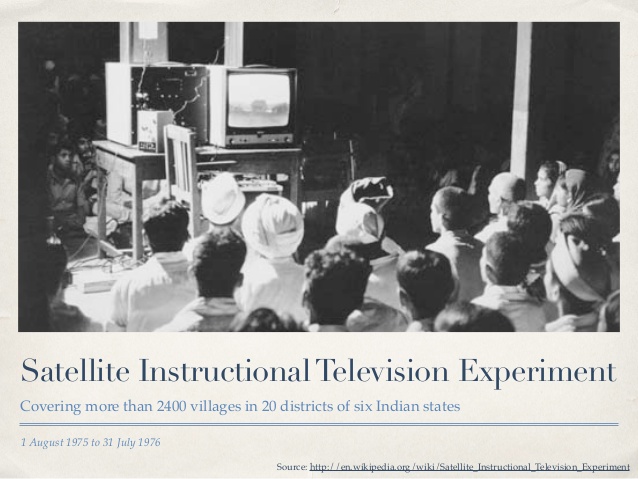Editorials

An Editorial is a statement or article by a news organization, newspaper or magazine that expresses the opinion of the editor, editorial board, or publisher. An editorial is an article that presents the newspaper's opinion on an issue. It reflects the majority vote of the editorial board, the governing body of the newspaper made up of editors and business managers. An editorial is a short essay that shares an newspaper opinion on a current event or social issue. . Editorials often focus on controversial issues with widely different viewpoints. Requirements for article length varies according to each publication's guidelines, as do a number of other factors such as style and topic. An average editorial is 750 words or less. It is usually unsigned. Editorial writers build on an argument and try to persuade readers to think the same way they do. Editorials are meant to influence public opinion, promote critical thinking, and sometimes cause people to take action on an issue.


